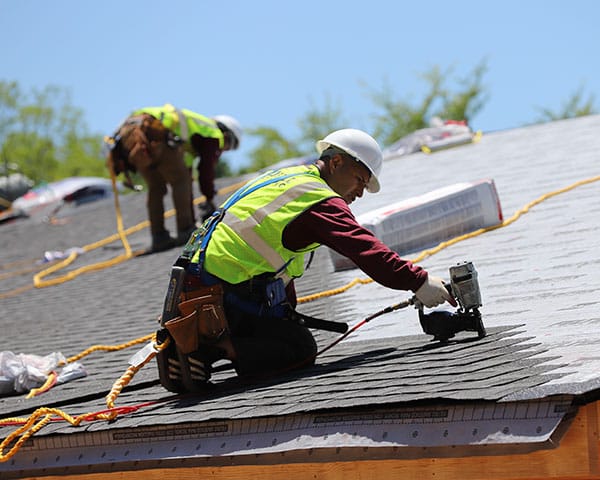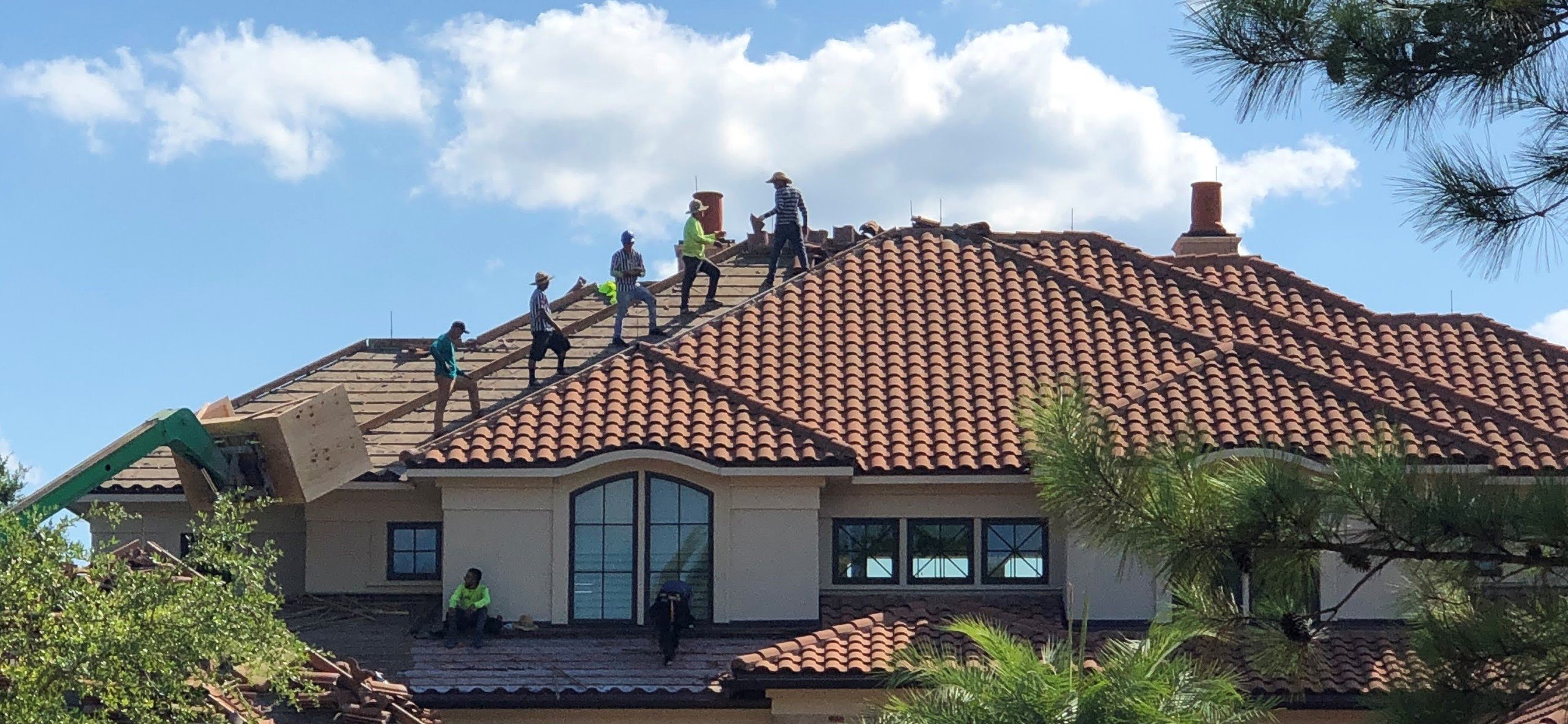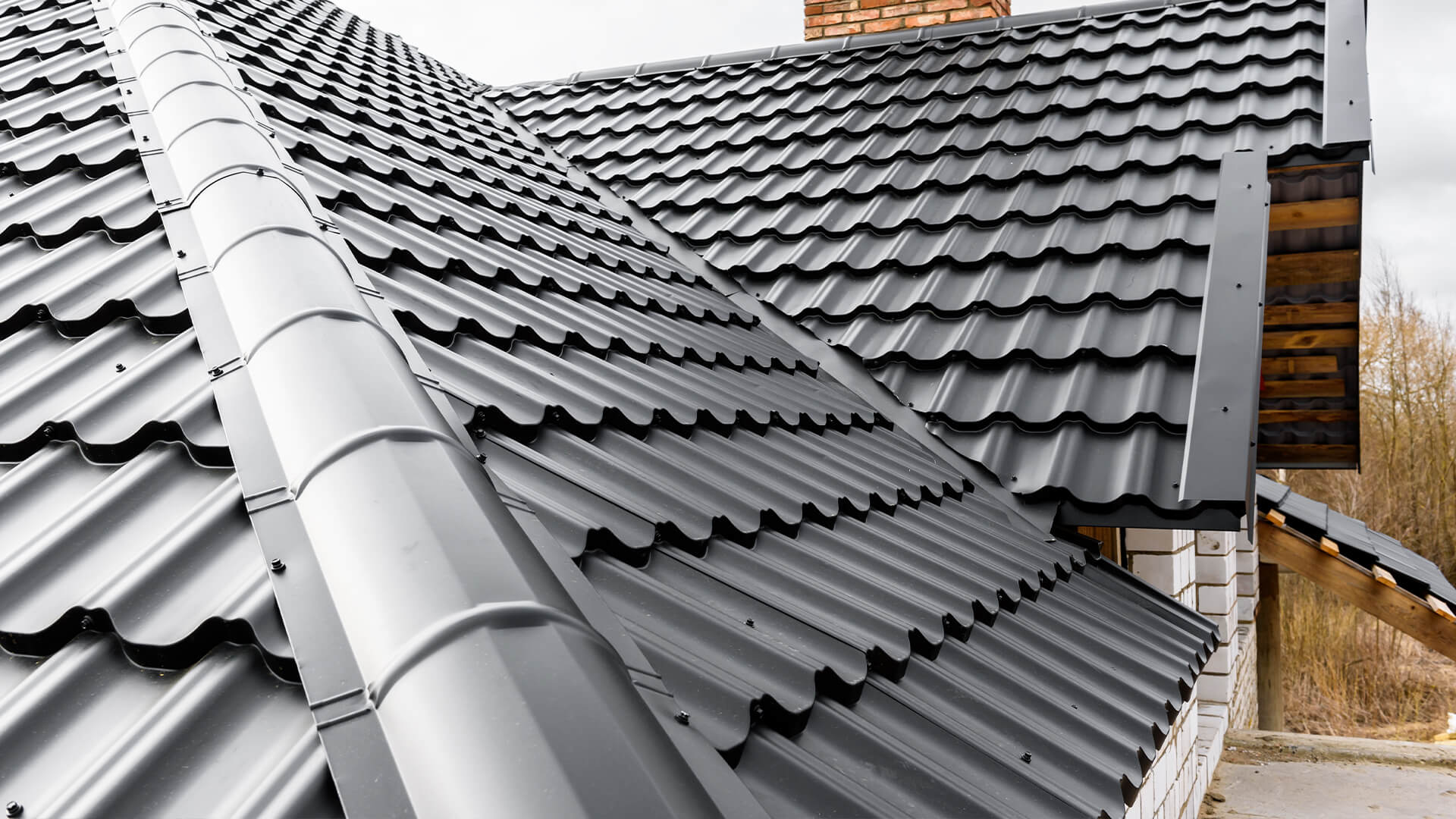Finest Practices for Ensuring Proper Roof Covering Air Flow
A well balanced consumption and exhaust air vent ratio, typically 1:300, plays a critical role, with consumption vents preferably positioned at the reduced side of the roof for great air access and exhaust vents at the optimal for warm air exit. Keeping insulation away from vents is vital to protect against air flow constraint.
Understand Air Flow Fundamentals
Properly recognizing ventilation basics is essential for guaranteeing the durability and performance of roof covering systems. Effective air flow alleviates wetness buildup and temperature extremes in the attic, both of which can lead to considerable architectural damage in time. A well-ventilated roofing aids in stopping usual issues such as mold and mildew development, timber rot, and ice dams, which can jeopardize the honesty of the roof materials and the underlying structures.
The main objective of ventilation is to assist in the activity of air, allowing for a constant exchange between the indoor and outdoor environments. This equilibrium is attained through a combination of intake and exhaust vents that interact to maintain ideal air flow. Intake vents, usually located along the eaves or soffits, enable fresh air to get in the attic area, while exhaust vents, usually located at or near the roof covering ridge, make it possible for hot, humid air to run away.
Secret elements affecting the effectiveness of roofing system air flow consist of proper placement, appropriate sizing, and guaranteeing that both intake and exhaust vents are unhampered. Regular examination and upkeep are critical to identify prospective clogs, damage, or inefficiencies in the ventilation system, therefore securing the roofing system's efficiency and resilience.
Sorts Of Roofing Vents
Roofing vents play a vital role in maintaining effective attic air flow and, by extension, the general health of the roof. Various types of roof covering vents are offered, each with distinct benefits customized to certain roofing demands. Ridge vents, for instance, are mounted along the roof's height, allowing cozy, humid air to escape from the attic. They offer continual air flow and mix perfectly with the roofline, making them both effective and cosmetically pleasing.

Soffit vents are mounted under the eaves and job in tandem with roof vents to ensure a balanced consumption and exhaust system. By enabling cooler air to go into from below, soffit vents facilitate the expulsion of warm air via top vents. Gable vents, situated on the exterior walls of the attic room, offer one more efficient solution, particularly in homes with saddleback roofs.
Examine Your Current Air Flow

Following, think about the age and problem of your roof materials and ventilation parts. Older systems may not comply with existing building regulations or might have deteriorated with time, reducing their effectiveness. Conduct a comprehensive examination to determine any type of indications of wear and tear, such as rust, damages, or voids that can jeopardize the system's efficiency.
Furthermore, determine the attic room temperature and moisture levels. Heats and humidity can suggest insufficient ventilation - gainesville roofing companies. Use a hygrometer and thermometer to acquire exact analyses, comparing them with outside conditions. Relentless disparities recommend possible concerns that need dealing with.
Setup Best Practices
Efficient setup of roofing ventilation systems is paramount for making certain optimal performance and long life. Correct installation begins with understanding the certain ventilation requirements of the building and the roof covering it covers. This entails calculating the proper proportion of consumption to exhaust vents, generally sticking to the 1:300 regulation, which stipulates one square foot of air flow click for more info for every 300 square feet of attic floor space.

Consumption vents must be installed at the roof covering's lower side, usually in the soffits, to allow awesome air to get in. Exhaust vents, on the various other hand, must be mounted near or at the roofing system's top to assist in the exit of warm, wet air.
Seal all vent connections meticulously to stop air leaks and potential water infiltration. Usage premium materials and follow manufacturer standards to guarantee longevity and performance. Furthermore, incorporating ridge vents with baffles can significantly boost airflow effectiveness by protecting against wind-driven rainfall and snow from going into the attic room.
Inevitably, specific installation of roof covering ventilation systems alleviates prospective concerns such as mold development, ice dams, and architectural damages, ensuring the roof's integrity and the building's total wellness.
Regular Upkeep Tips
Uniformity in maintenance techniques is fundamental to making certain the long-lasting performance of roofing ventilation systems. Routine assessments are essential, preferably executed biannually-- in the spring and fall. During these assessments, make sure that vents are devoid of particles, nests, and various other obstructions that could hamper air movement. Look for any type of indications of dampness accumulation or mold and mildew, as these can indicate incorrect air flow or leakages (gainesville fl roofing companies).
Cleansing the vents is an additional essential task. Utilize a soft brush or a vacuum cleaner to get rid of dust and particles from intake and exhaust vents. Beware not to harm the air vent screens or louvers throughout the process. In addition, inspect the attic space for any kind of signs of water damage, which can endanger the honesty of the roof system.
Proper insulation is just as crucial. Guarantee that attic room insulation does not obstruct the vents, as this can badly limit air flow. If any type of insulation has changed or settled, rearrange or change it to keep an efficient barrier.
Lastly, change any kind of harmed or missing out on elements promptly. Broken vents, broken tiles, or shabby flashing can all contribute to poor air flow and ought to be resolved right away. Routine upkeep guarantees that the roof covering air flow system works optimally, thus prolonging the life Visit This Link expectancy of the roof itself.
Verdict
Making certain correct roof ventilation is vital for keeping the performance and sturdiness of a roofing system. Adherence to the 1:300 intake and exhaust air vent proportion, coupled with the critical positioning of vents, is necessary.
A balanced intake and exhaust air vent proportion, commonly 1:300, plays a crucial role, with consumption vents preferably put at the lower this post edge of the roofing system for amazing air entrance and exhaust vents at the top for cozy air departure. Intake vents, commonly situated along the eaves or soffits, enable fresh air to get in the attic room room, while exhaust vents, typically positioned at or near the roof covering ridge, make it possible for warm, damp air to leave.
Soffit vents are set up under the eaves and work in tandem with roofing vents to make certain a well balanced consumption and exhaust system. By allowing cooler air to go into from below, soffit vents help with the expulsion of warm air via upper vents. Adherence to the 1:300 intake and exhaust vent proportion, paired with the tactical positioning of vents, is necessary.